In these blog posts I have often mentioned that most of what we know about ancient life forms comes from examining the fossilized ‘hard parts’, the bones and shells of those creatures. Plants and animals without such hard parts, like jellyfish, slugs or many kinds of worms leave few traces in the fossil record and only a few fossil sites, like the famous Burgess Shale, give us a window into the soft bodied life forms of the past.
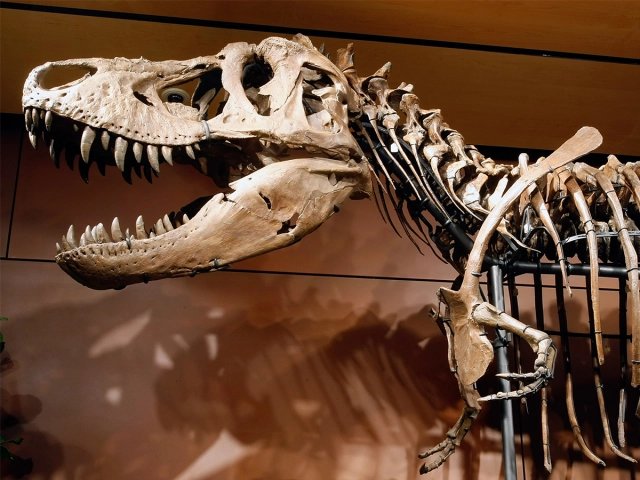
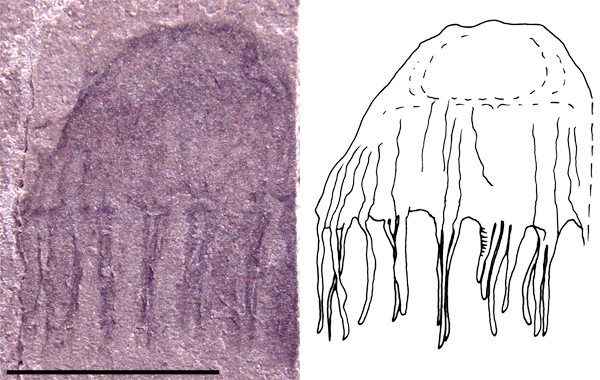
Even rarer is fossil evidence for single celled organisms like amoebas, algae or bacteria. Because of that we have little to no evidence to illustrate most of the evolution of life here on Earth. Seriously, most researchers think that the first life forms on our planet originated more than 3.5 billion years ago. Multi-cellular creatures however only appeared about 650 million years ago so for the first 3 billion years or so Earth was inhabited only by single celled organisms. Our understanding of how single celled life evolved from mere bags of organic material to cells complex enough to develop into multi-cellular creatures is mostly theories with only bits of evidence to back them up.
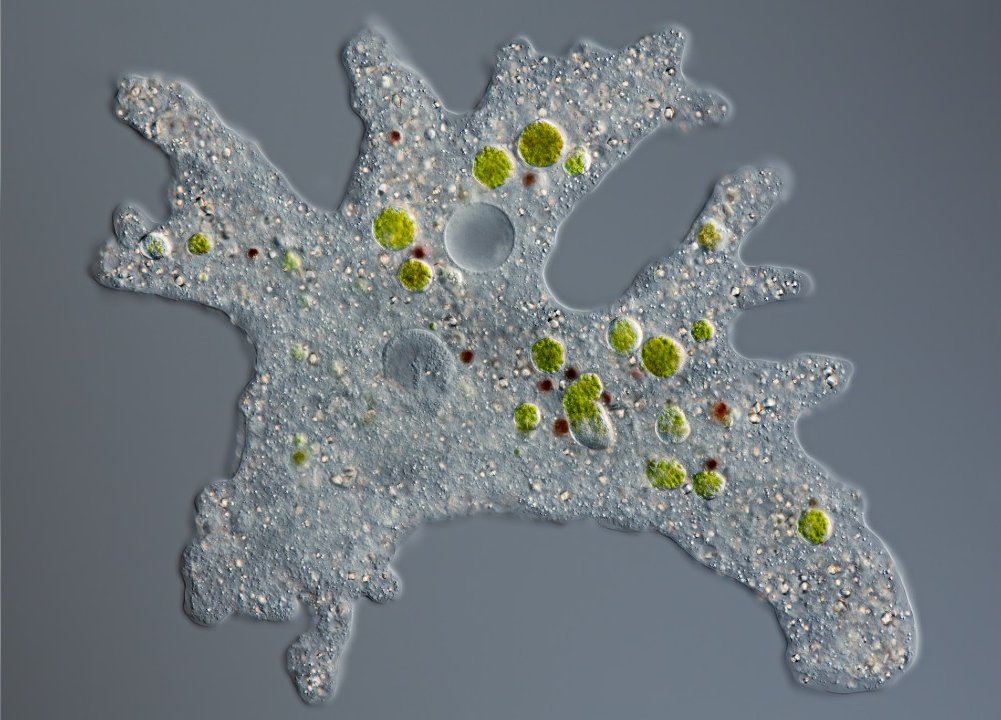
One problem in particular is time lapse between when our theories say that the first eukaryotic cells should have evolved, some 1.6 billion years ago, and the first unmistakable signs of their existence some 800 years later. Now, what is a eukaryotic cell and why is the timing of their development so important? Let me take a minute or two to explain.
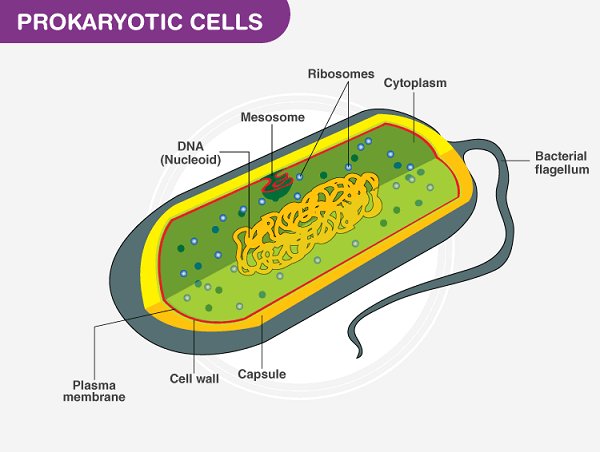
As I said above the first living things here on earth were probably little more than bags of organic compounds, some RNA, maybe DNA, proteins for structure with fats and carbohydrates for energy. There was little or no structure inside the bag as the different types of compounds just mixed together. Modern bacteria and blue-green algae are still very much like this and as a group such ‘primitive’ cells are called prokaryotes from the Greek words ‘pro’ meaning before and ‘karyon’ meaning kernel, the kernel in this case being a cell nucleus where a cell’s genetic material is kept safe. So a prokaryote is a single celled creature without a nucleus.

Cells with a nucleus are referred to as eukaryotes, cells with a kernel. Such cells include single celled creatures like amoeba and paramecium but also all of the cells of all multi-cellular organisms, plants or animals including all of the cells of your body. In addition to a nucleus eukaryotic cells usually also possess other structures as well like mitochondria, ribosomes and my personal favourite the endoplasmic reticulum. Obviously the evolution of eukaryotes from prokaryotes was an important moment in the history of life and so an 800 million year gap in when we think they should have evolved and when we have good evidence that they did evolve is a big problem.
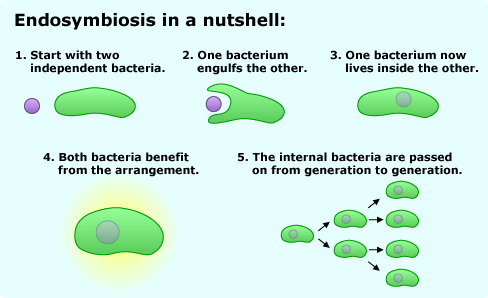
Now single celled organisms, whether they be bacteria or amoeba rarely fossilize. So instead of looking for the actual remains of eukaryotes in ancient rocks paleochemists look for chemical traces, that is traces of complex chemicals that are produced by eukatyotes but not by prokaryotes. The chemicals that paleochemists were looking for are the familiar group known as steroids, especially the steroid cholesterol. These chemicals are very useful for living cells because of their ability to allow cells to survive in a wider range of temperatures, repeated de-hydration and re-hydration as well as enduring high levels of ultraviolet light.

Producing steroids however requires a lot of oxygen and a billion years ago the Earth’s atmosphere had very little of the gas. That led the researchers to propose a new theory, that between 1.6 and 800 million years ago an intermediate form of eukaryotic-like organisms dominated the Earth. These intermediate eukaryotic-like cells could not produce full steroids, or crown steroids as they are known but only simpler protosteroids and hence the intermediate cell forms are known collectively as the ‘Protosterol biota’.
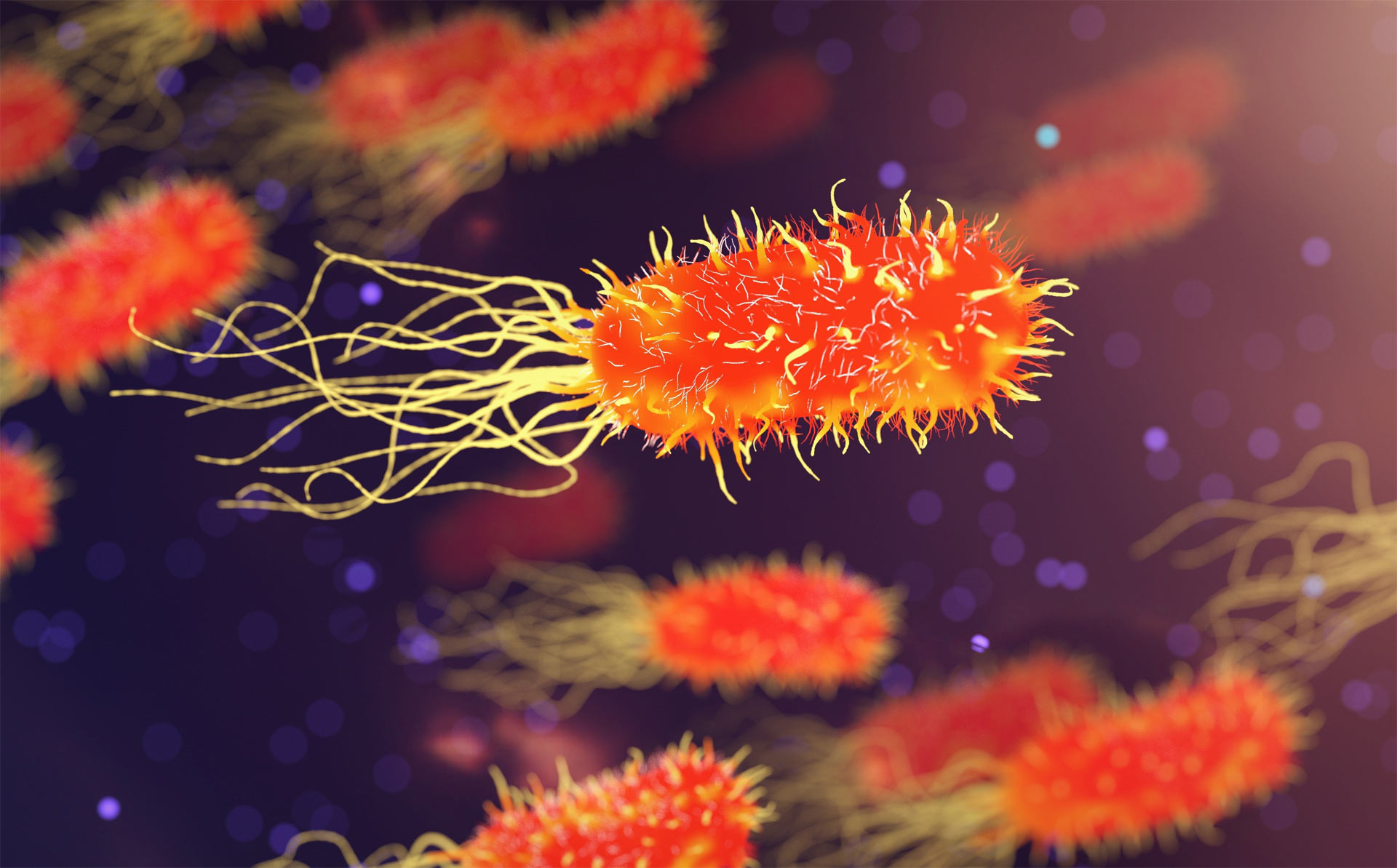
With this new idea in mind paleochemists went searching for protosteroids in rocks of the right age and quickly hit the jackpot, they found protosteroids almost everywhere they looked. It is now thought that, during the time when the protosterol biota were dominant the true eukaryotes evolved in those harsh environments where crown steroids were needed in order to survive, perhaps on the land the researchers speculate. Then, about 800 million years ago, when the oxygen levels in the atmosphere increased to near present levels the true eukaryotes took over and the protosterol biota became extinct.

The evolution of complex eukaryotic cells from their prokaryotic ancestors was one of the most important advances in the history of life, setting the stage for the evolution of multicellular creatures. It is only reasonable therefore that the process should have taken place in stages. The protosterol biota seems to have been that intermediate step on the road to life as we know it today.
